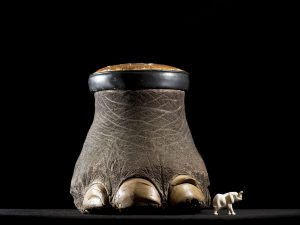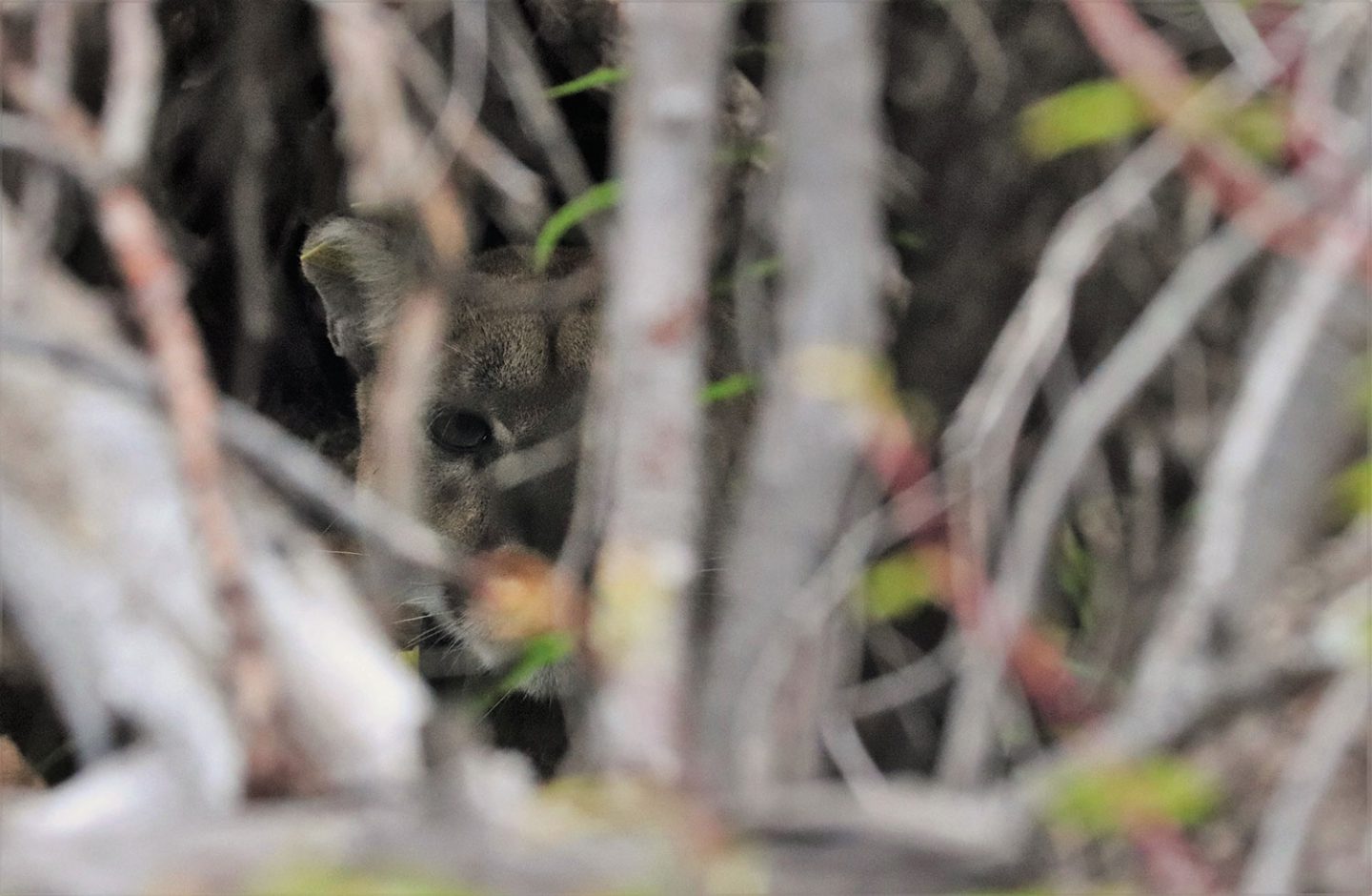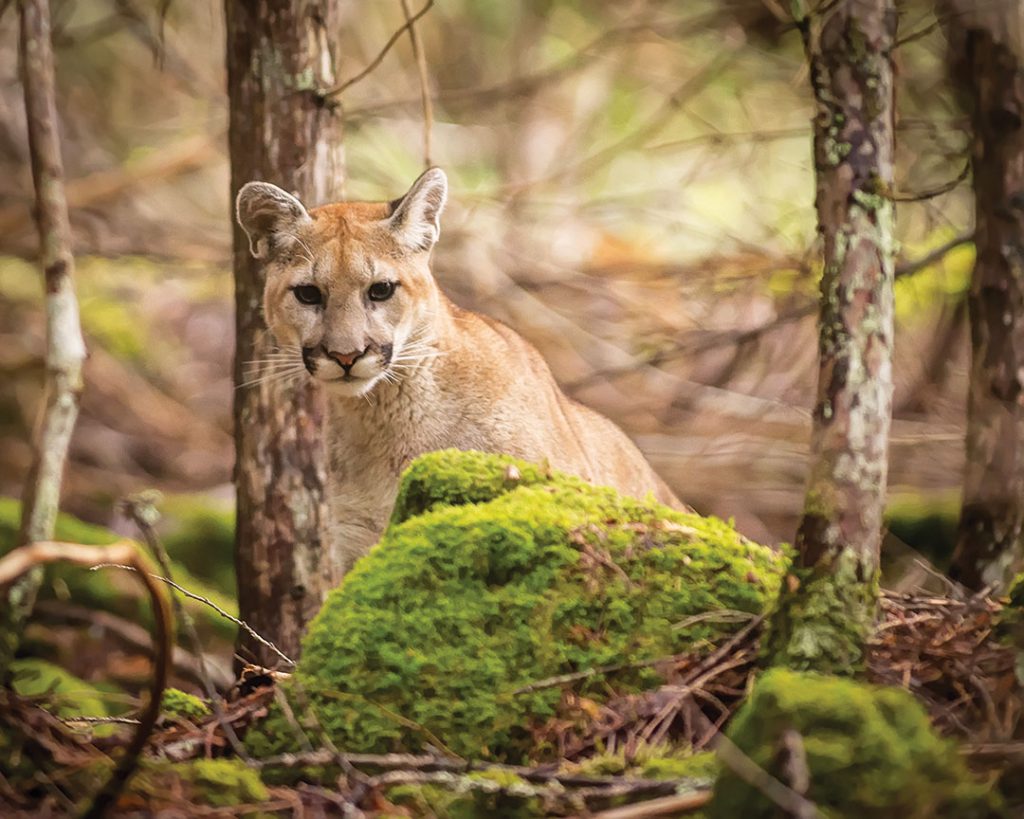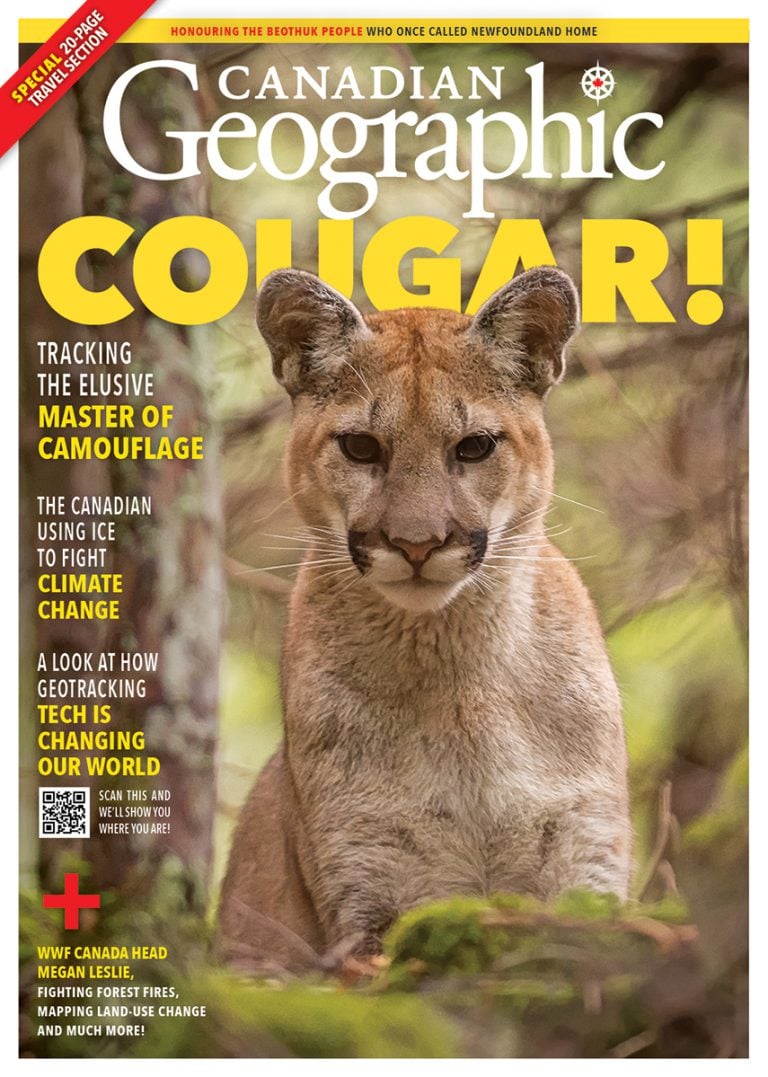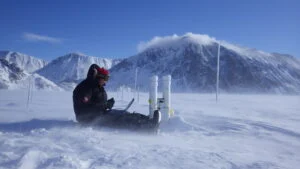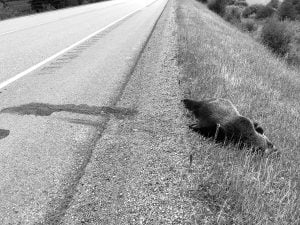Cougar populations began to plummet in the 1800s following European settlement and declines in wild prey. Out of fear the cats would hurt their families, take livestock and compete for wild food such as elk and deer, cougars were trapped, poisoned and shot. Bounties rewarded their destruction, and their historical range in North America, which once stretched from the East to West coasts and from the southern tip of Chile to Canada, was reduced by more than 50 per cent between the mid 1800s and mid 1900s.
Over time, though, the public developed a more sympathetic attitude toward the cat, and in the 1960s and ’70s cougars were legally designated as big game in many states and provinces, affording them some protection as a managed species. Since then, cougar populations have continued to recover. There are likely anywhere between 5,500 and 9,000 animals in Canada — more data is needed to refine this estimate. Most of the established Canadian population now lives in Alberta and B.C., long with small populations in southern Yukon and Saskatchewan, and possibly Manitoba.
The cougars’ comeback is thought to be partly linked to the return and expansion of abundant prey, particularly white-tailed deer. At a time when carnivore numbers were diving in the early 1900s, white-tailed deer populations began to flourish after protective legislation put an end to the overhunting that threatened to wipe them out. With reduced hunting pressure from people and carnivores, the highly adaptable species then proliferated across the country, making use of new habitats including the fields of Canada’s expanding “breadbasket.” Now, climate change is helping white-tailed deer push into the northern reaches of most provinces, and into the Yukon and Northwest Territories. Cougars appear to be following, branching out into historically new areas and returning to places they haven’t been seen in almost 100 years.
